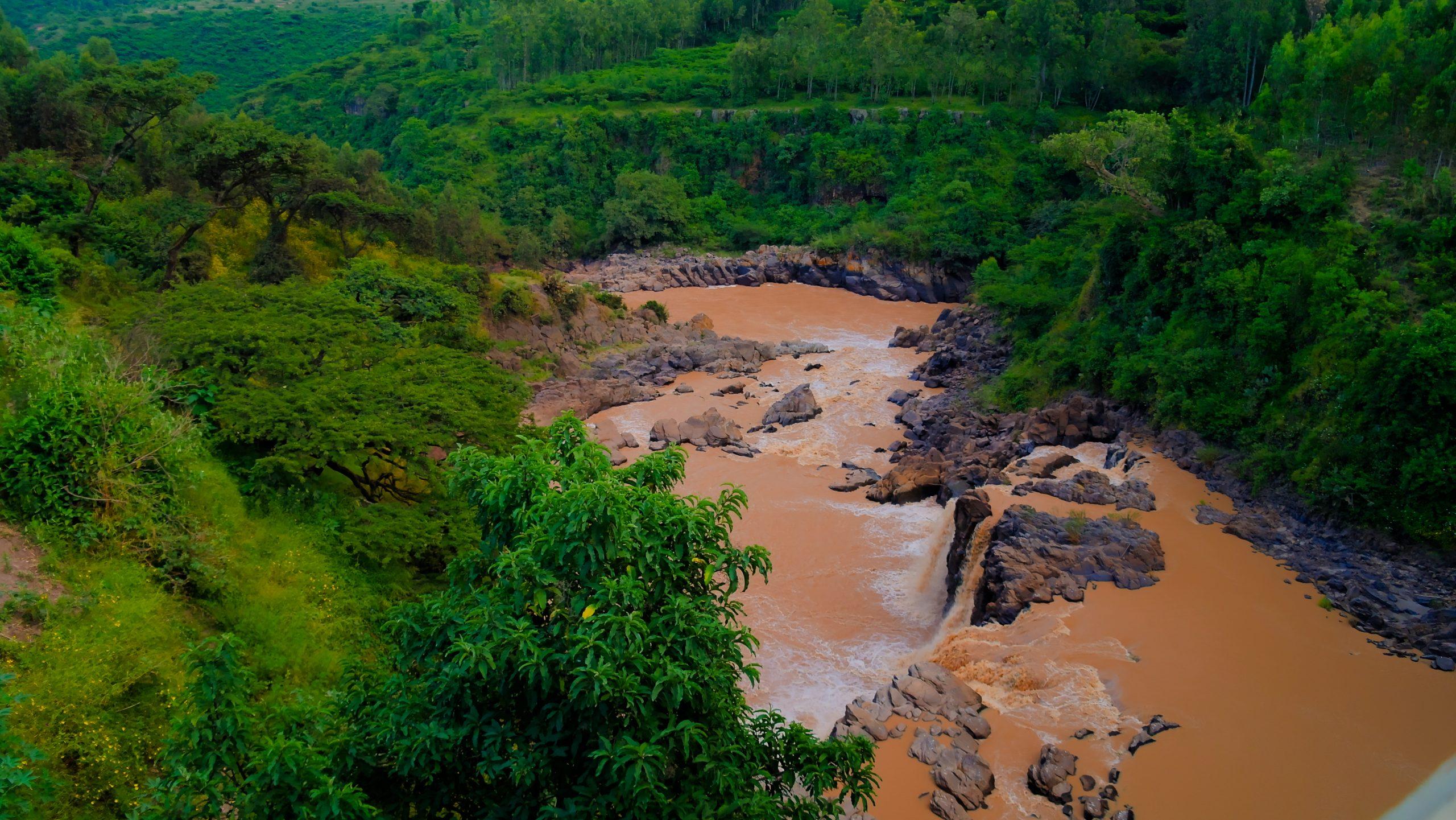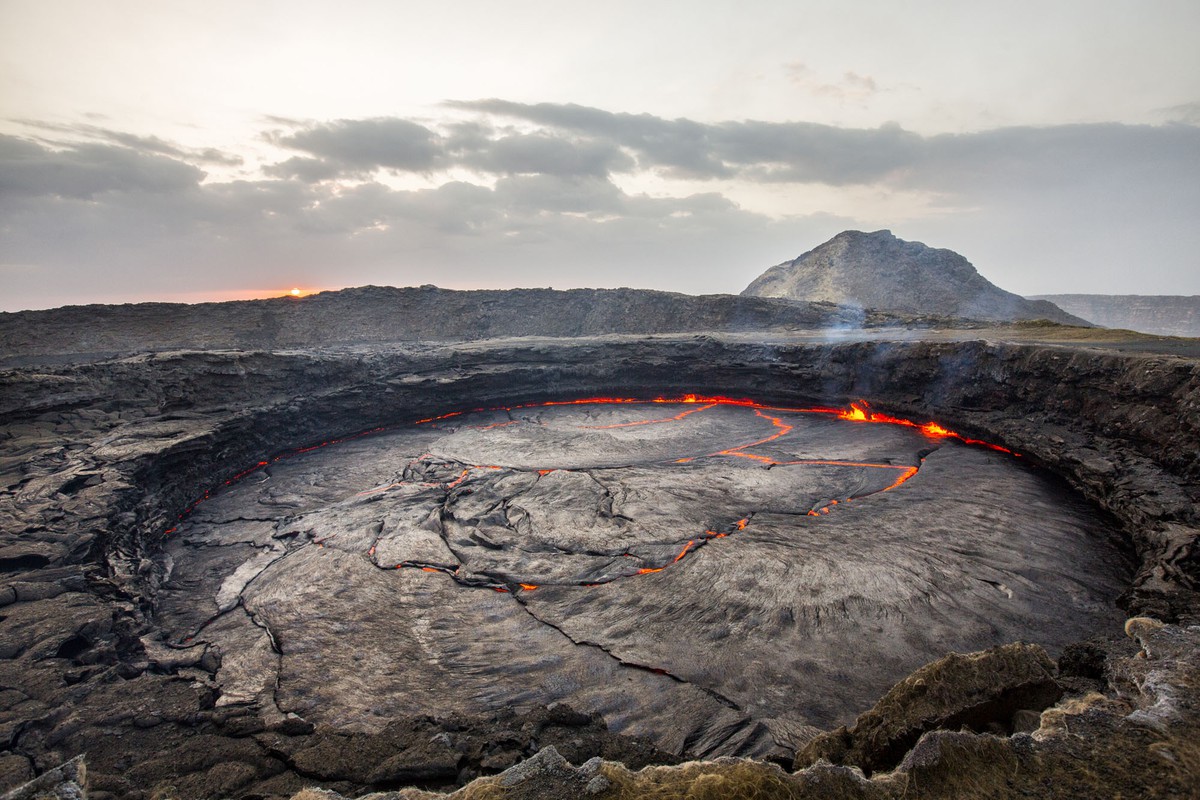The Afar Triangle
0/5 Not rated 0 reviewsDescription
The Great Rift Valley is Africa’s longest geological feature. The northernmost part of the Great Rift Valley features a large geological depression known as the Afar Triangle. The Afar Triangle developed in the area of the triple Junction where two oceanic ridges, the Gulf of Aden and the Red Sea, and a continental rift, the East African Rift Valley, meet. It is East Africa’s most geologically active region and is made up of active volcanoes, salt lakes, and lava lakes. The Afar Triangle is considered to be one of the most important mantle plumes (or “hot spots”) of the Earth system. It straddles Ethiopia, Eritrea and Djibouti in the Horn of Africa. In terms of geology, Afar appears as a unique place on the planet. It has features that are of major importance for understanding how the Earth crust forms, how the mantle interferes with the Earth’s crust, how volcanoes and faults work, how geothermal systems develop, how mineral resources are formed and renewed, and how life and even mankind appeared.
The northern part of the Afar Triangle is also known as the Danakil Depression, with the great salt plain (a former sea) 120 m below sea level. The Afar Depression is a subaerial triple junction between the Nubian, Somalian and Arabian Plates, the only place where the final stages of continental break-up can be observed on-land. Besides its geological particularities which make it the only place in the world where an oceanic plate boundary can be observed on land with all its successive steps of development since continental break-up, the Afar Triangle is also known as one of the cradles of the first extinct hominids. The Lower Awash Valley contains sites of several fossil discoveries, such as the Ardi and Lucy.
The area has also several protected areas with rich wildlife. Some of the animals found in the Afar Triangle include the ostrich, the secretary bird, Grevy’s zebra, beisa, and the crested francolin among others. The region is noted for being the habitat of the world’s last population of the African wild ass. Afar is also known as one of the hottest places on Earth. The climate varies from 30 °C during the rainy season (July–August, when the salt plain is covered with water) to 48 °C during the dry season (most of the year). The best season to visit Afar remains the period from November to January.
What to See
· Erta Ale Volcano: It is the most active volcano in the region as it has displayed permanent lava lakes for at least 48 years. The volcano is 50 km in diameter and 500 m high. At the level of Erta Ale the range is widest. This typical shield volcano was formed by accumulation of basaltic flows as well as dikes and sills intrusions.
· Dallol– Located in the remote Danakil Depression in Ethiopia, Dallol is a multi-color spring and fissure. The multi-color formation is the result of result of mineral deposits and the constant geothermal activity in the area. Dallol is one of the strangest places on earth. It is also one of the hottest inhabited places on the planet. Its mineral deposits, hot springs, unique geological formations, and salt mining practices by the local people make the area a must-see site. The surface of the salt plain of Dallol is 120 m below sea level.
· Salt lakes: Lake Abbe, Lake Afrera and Lake Assale (also known as Lake Karum) are inetersting tourists sites in the Afar Triangle. Lake Assale is a centre of the Afar salt trade, where visitors can see the salt cut into slabs and loaded on to camels.
· Dofan: Dofan has long been identified as a geothermal target, known for both its fumarolic activity in the massif itself and the hot springs occurring along its margins. Dofan has been considered as a high priority target for geothermal development. And recently, there are signs of volcanism, with frequent earthquakes.
· Hadar: After the discovery of Lucy, an almost full early hominid, at Hadar in the Afar triangle area in 1974, Afar became a household name in the field. Lucy is believed to be the world’s oldest bipedal hominid.
· Awash National Park: It is home to diverse wildlife and stunning landscapes. Its major attractions include oryx, baboons, gazelles, numerous bird species, lush vegetation, majestic waterfalls, and scenic viewpoints.
· Yangudi Rassa National Park: It consists of Mount Yangudi and the Rassa Plains. Habitats include riverine forests along the Awash river, marshes and small lakes, dry riverbeds, rocky hills, sandy semi-desert, and wooded grasslands.
· Mille Serdo Wildlife Reserve: Located in the Danakil Depression, this reserve encompasses part of the Awash River. It was established in 1973 with the aim of protecting the critically endangered Somali wild ass, a species that once roamed much of the Horn of Africa but is now reduced to a small population in the Danakil. Mille-Serdo offers an important opportunity to observe the unique wildlife of the area and appreciate an ecosystem that, despite its challenges, continues to support endangered species.
· Hallaydeghe Asebot National Park: It is believed to be the only protected area in Ethiopia where there is a large population of Grevy`s zebra. It is home to important wildlife species, including Beisa Oryx, Soemmering‘s Gazelle, Gerenuk, Cheetah, leopard, lion, Lesser Kudu, ostrich and many others. Gravy‘s zebra (Equss grevyi) is the flagship species that is commonly found in the park.
· Culture of the Afar people: The unique culture of the Afar people is also worth vsiting. Tourists can visit and appreciate the local people’s pastoral life style, cultural activities, and the human-environment interaction.
Getting There
Flights:
· Addis Ababa to Semera, about 1:20 hrs flight
· Addis Ababa to Kombolcha, about an hour flight
· Addis Ababa to Mekelle, about 1:35 hrs flight
Vehicle:
· From Addis Ababa through Awash to the different tourist attractions and towns in the Afar Triangle
· From Addis to Dessie and then Afar
· From Addis Mekelle and then Afar
Getting Around
· Airconditioned 4WD vehicles
· Camel
· Hiking and trekking
Accommodation and Dinning
· Camping is the main accommodation type for visiting many sites in Afar. Even in the small towns mentioned below, camping is the main type of accommodation.
· Lodges, such as Awash fall lodge and Doho lodge
· Cities and towns such as Mekelle, Semera, Awash, Gewane, Mille and Dupti, Behale, Hamed Ela, etc.
· (Small) towns for stopover for food and drink, and also to stay overnight - Abala, Berhale, Semera, Awash, Gewane, Mille and Dupti, Hamed Ela.




